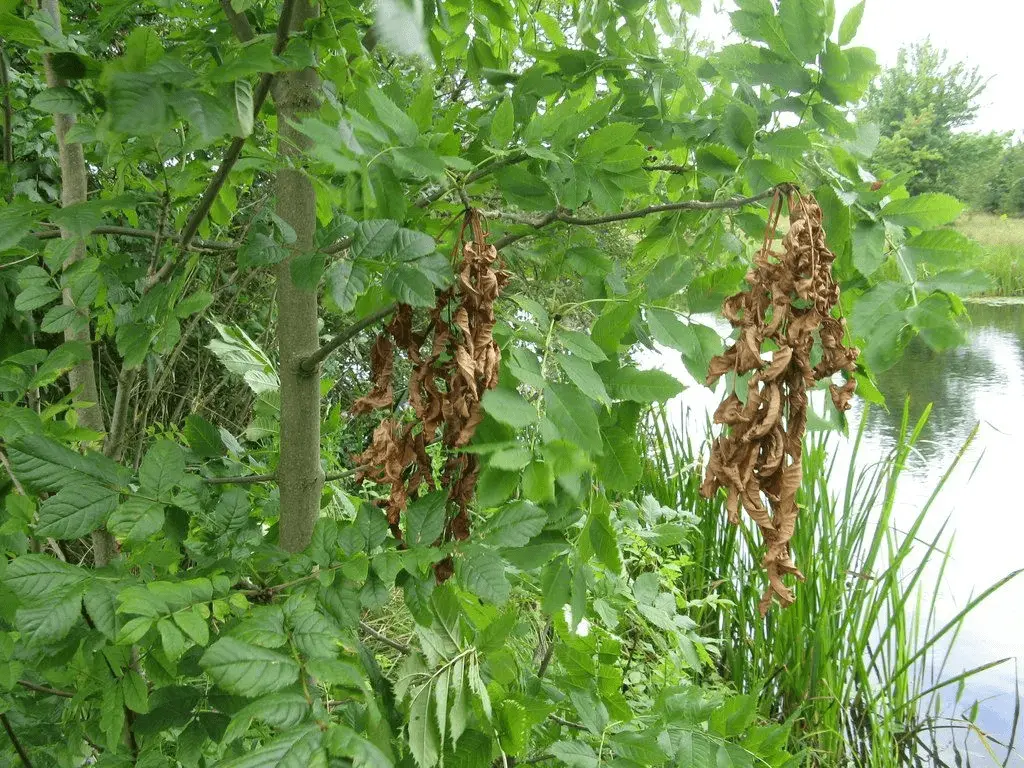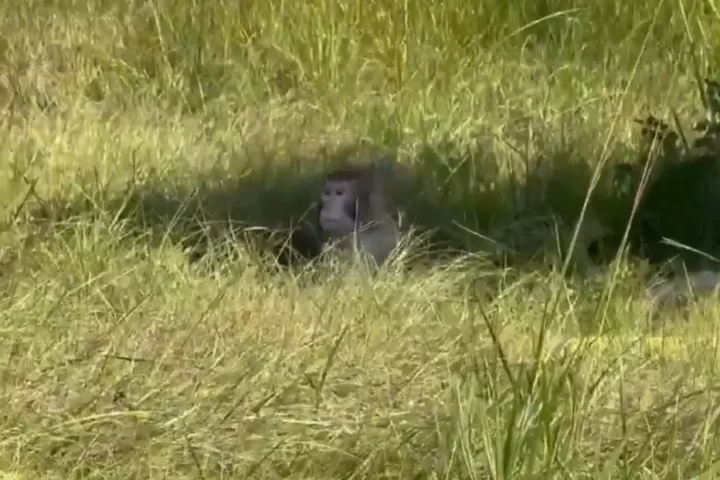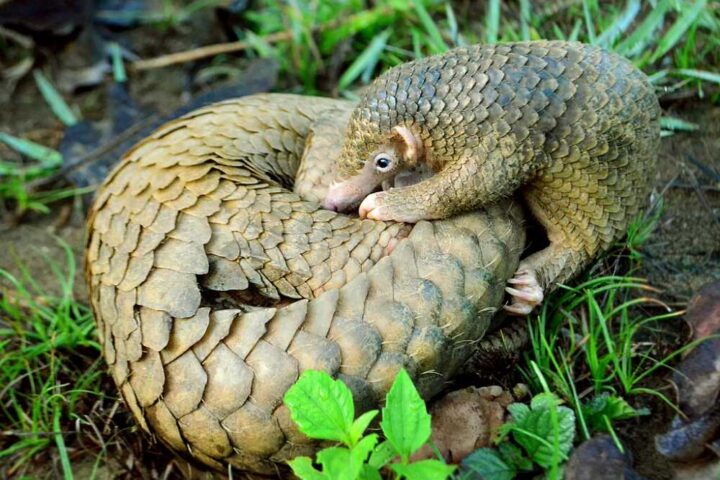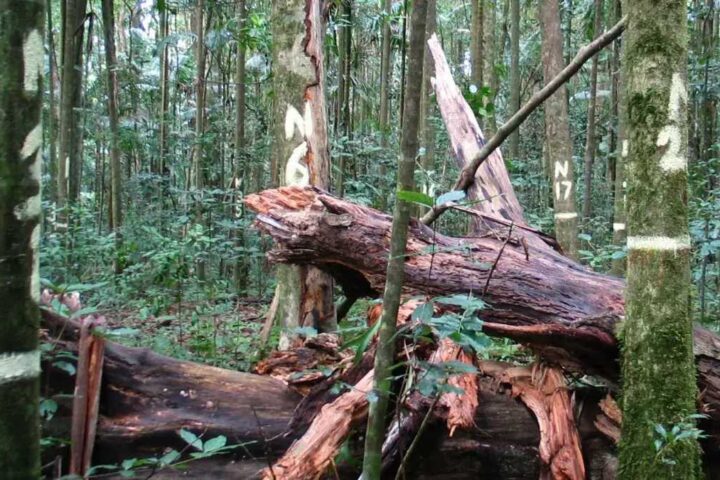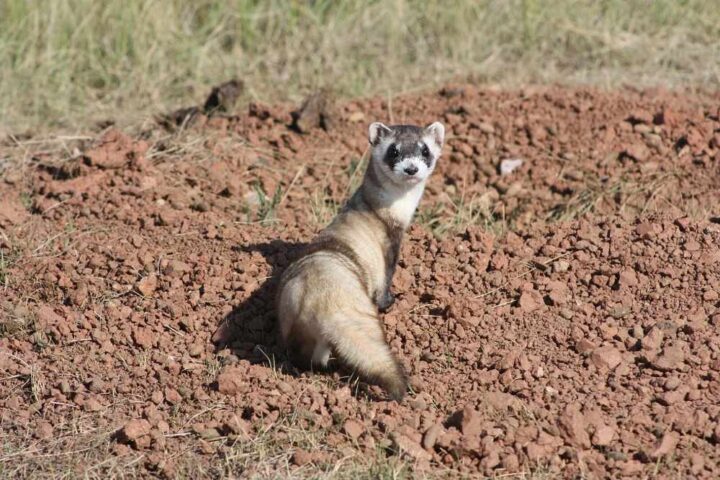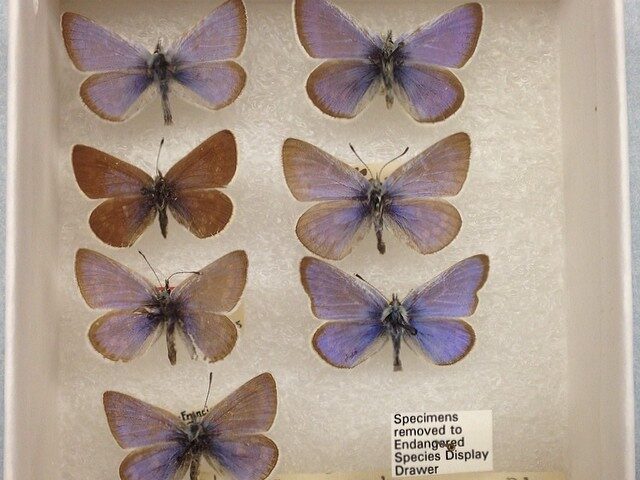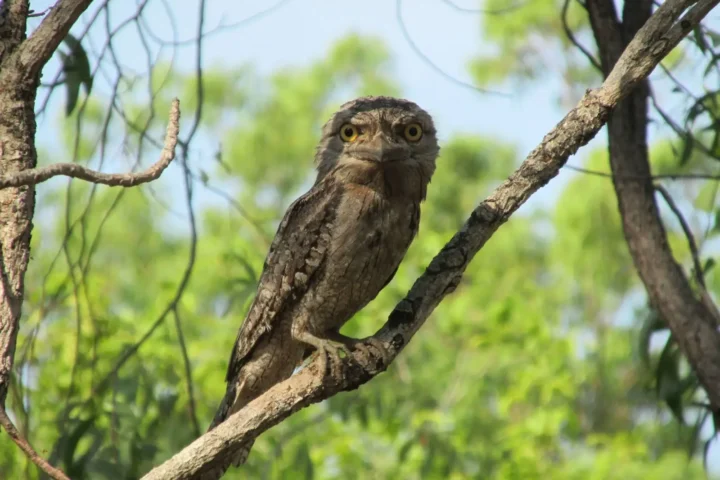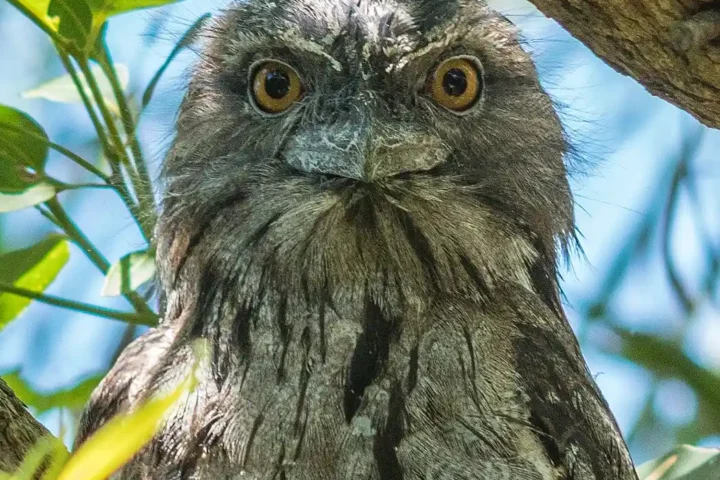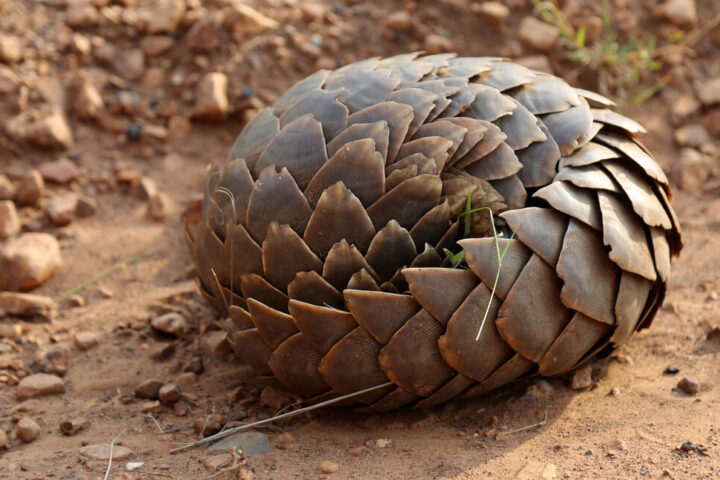Ash dieback is caused by a fungus (Hymenoscyphus fraxineus) originating from Asia, that infects Ash trees of all ages. The younger trees succumb to the disease faster, but all the affected trees eventually start showing symptoms. The European ash species (Fraxinus excelsior), is devastated by the disease because the species does not have any natural defense against the fungus, which is known in Europe and UK for 30 years but it was not described until in 2006.
Early symptoms are dark patches, discoloration to black and premature shedding of leaves. The trees also develop dark brown lesions in the shape of diamond, and new growth from earlier dormant buds further down the trunk are also seen.
The fungus settles down on the ash leaf stalks, and produces white little fruiting bodies, that releases spores which travels a long distance in the wind, to settle on leaves and penetrates into them or the other parts to grow inside the tree and eventually kill the tree by blocking the water transport system.
This fungus might have appeared naturally in the UK, but they also imported ash saplings from the infected parts of Europe, causing the disease to escalate, and spread via air.
In 2012, first case of the disease was reported from the South-east of England, but now there is evidence of disease throughout the country. It is estimated that UK is going to lose 95% of their Ash trees 2030, leaving a catastrophic effect on the landscape and the biodiversity. It will cost approximately 15 billion pounds, for managing the disease.
The officials are keeping an eye on the subtle changes brought by the fungus and aims to save as many Ash trees as possible, by only importing plants that are local or from Ireland, and letting the diseased trees to naturally decline.
To improve the tolerance of the woods, they are increasing the genetic diversity of the existing trees and mixing native tree species whenever, they are planting new woods. They have also partnered with Observatree, that trains volunteers to spot pests and diseases. Citizens can also report through Tree Alert and Tree check, if they notice any signs.
Cleaning shoes before and after visiting woods, washing vehicle wheels to remove plant matters, deep burying Ash leaves and by stop carrying plant materials from the country sides one can help to tackle outbreaks.
